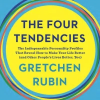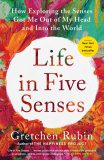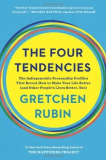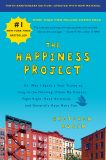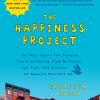Toward the end of summer, have you ever felt that you wished you’d done more with those months?
Life feels richer and more memorable when each season of the year feels special in some way.
One way we can make this summer distinctive? Give ourselves recess: a daily, unstructured, creative time of play.
Research shows that children are far better able to sit still, focus, and learn when they’ve had the exercise, sunlight, freedom, and fun of recess.
The same is true for adults. To keep going, we need to let ourselves stop. We need regular breaks that are unstructured, exploratory, creative, adventurous, and playful.
Unless they work in a school setting, most adults don’t get a summer break–but that doesn’t mean we can’t use the long days to incorporate play into our day-to-day routine. This summer, consider giving yourself a daily break (even ten minutes) to rest, create, explore, or goof off.
Why design a summer recess? For one thing, taking time each day to recharge boosts vitality, energy, and creativity. Recess is also a way to make the most of your summer, and to help the season stand out. But to design a summer recess, you have to know what activities are fun for you—and that’s surprisingly hard to do.
Dr. Stuart Brown, founder of the National Institute for Play, has identified eight “play personalities.” These categories help illustrate an important truth about happiness: What’s fun for others might not be fun for you, and vice versa.
Some people love to move (The Kinisthete). Some want to make others laugh (The Joker). Some find joy in planning and executing experiences (The Director). Some delight in imagining worlds (The Storyteller). Shopping, fishing, drinking wine, watching sports on TV, crossword puzzles—for some people, an activity is immensely fun, and for others, it’s drudgery.
Before you can design a summer recess that’s right for you, you’ll need to decide what kind of play you want to incorporate. Read the following recess prompts, then reflect on which style of play appeals to you most:
- Use your hands. Spend your recess creating or reworking something. Cook a meal, fix a broken object, decorate an area of your home or work space, play around with paints or clay.
- Explore movement. Use your recess to explore a form of movement that’s fun for you. This could mean swimming in a community pool, playing pickleball with a friend, stretching to some soothing music, or kicking a soccer ball around with your kids in the front yard or a local park.
- Fire up your imagination. Use your imagination to write a story, poem, or note to a friend. Or, immerse yourself in a different world by watching a TV show or reading a novel.
- Go outside. Spend your recess enjoying the summer weather and your natural surroundings. You might choose to water your plants, take a short walk, or eat a meal outdoors.
- Return to a childhood activity. Return to an activity you enjoyed as a child. What did you do for fun when you were ten years old? That’s probably something you’d still enjoy now, whether walking in the woods, playing with your dog, collecting shells, taking pictures, or shooting hoops.
- Goof off. Schedule time to be unscheduled. Sit in the sun, stare into space, nap.
- Tap in to your senses. To get out of your head and into your body, use your recess to enjoy the sensations of summer. Eat a peach, smell the fresh-cut grass, float in cool water, listen for the tune of an ice cream truck, or look for shapes in the clouds.
If you decide to create a summer recess, begin by reflecting on what’s truly fun for you. Consider the kinds of activities that feel energizing or restorative, and how you might incorporate them into a daily break.
Then, make a plan. Decide how your daily recess will look, when it will take place, and for how long. Do you need accountability, specific tools, or an alarm? Maybe all you need is a sticky note on your bathroom mirror reminding you to make time for play.
Which style of play appeals to you most? Would you schedule a daily recess for yourself this summer?

